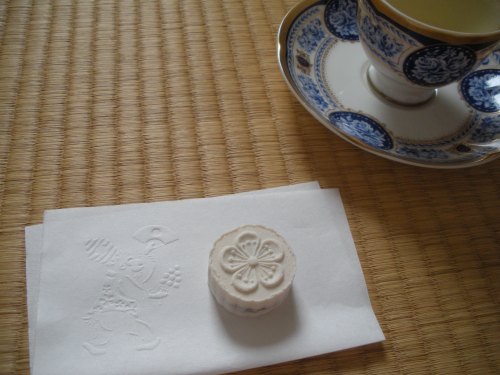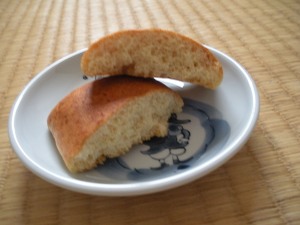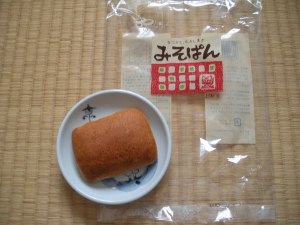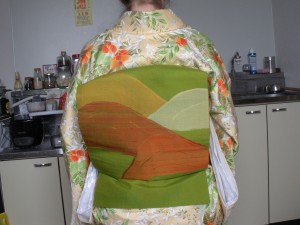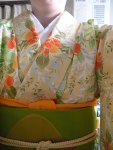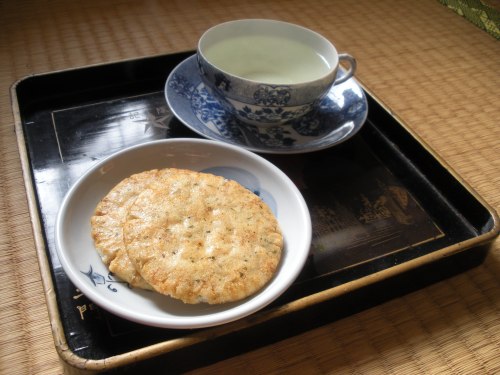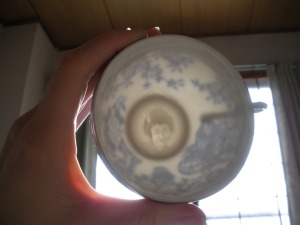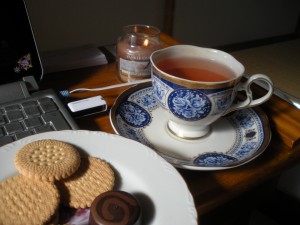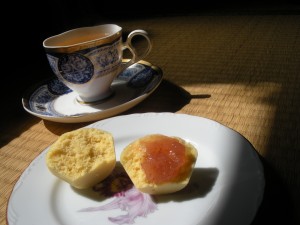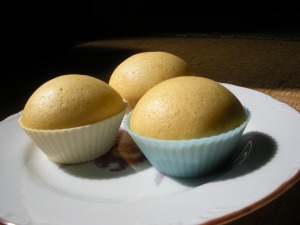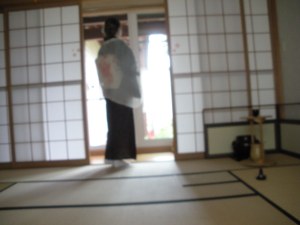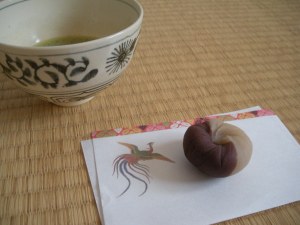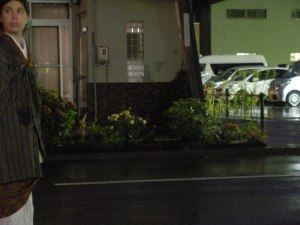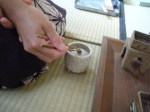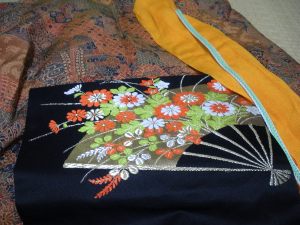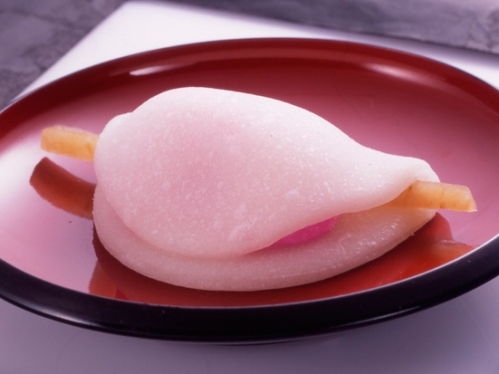
I went to the store yesterday to get some Hanabira Mochi and take a picture but the store was closed. So, this is just a random picture I stole off the internet.
In Japan, there is a tradition to eat a sweet called Hanabira Mochi at the opening of the New Year, especially to serve it as a tea sweet for the First Tea Ceremony of the year. This sweet consists of bean/miso paste and candied burdock root sandwiched within a circle of pink-coloured rice cake. I really love this type of sweet, but apparently there are people don’t find candied burdock that appetizing. Recently, my friend who is an expert in Japanese history and traditions wrote a FB post about the origins of this sweet, so I thought I would summarize it here in English.
Hanabira mochi has its origins in a custom from the early Heian period (794-901AD) called Hagatame (歯固). As you might know, Japan has long placed special emphasis on the “firsts” of the year, and Hagatame was the “first” eating of something hard. By ceremonially eating some sort of firm food, it was thought that one’s teeth and general health would be strengthened for the coming year. This custom is mentioned in many old works of Japanese literature such as the Tosa Diary, the Pillow Book,the Seikyuu-ki, and even the Engi-shiki. For this custom, firm foods such as white radish, squash, venison, or boar were marinated in miso or salt and enjoyed as a feast. By the way, this feast is also the origin of what is now called “Osechi Ryouri” and is eaten all over Japan on the New Year.
However, as time continued, this custom was simplified. In the Edo period (1603-1868), many of the marinated foods previously eaten as Hagatame were reduced to fillings sandwiched between rice cakes. One of these miso marinated foods was of course burdock root, but at this point these foods were usually eaten along with sake, not tea.
In the Meiji period (1868-1912), the 11th Head of the Urasenke House (Gengensai) had to honor of giving the first Tea of the year in the Imperial Palace. At this Tea, he choose to serve Hanabira Mochi in the form we know it today as the sweet. Thus from that time on, not only Urasenke-style tea practitioners, but many tea schools serve Hanabira Mochi as the sweet at the first Tea of the year.
At the end of essay, I thought it was charming how my friend remarked what a delightful age we live in that even very inexpensive sweets shops all over the country sell hanabira mochi at the new year for anybody to be able to enjoy. What a pleasant age indeed.
